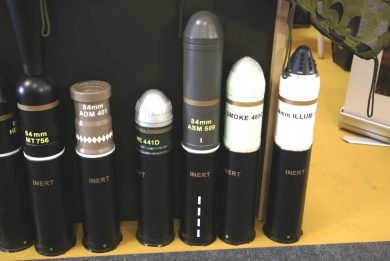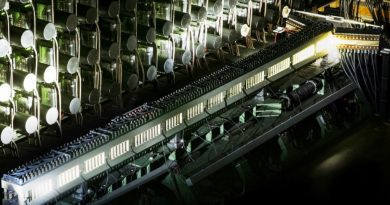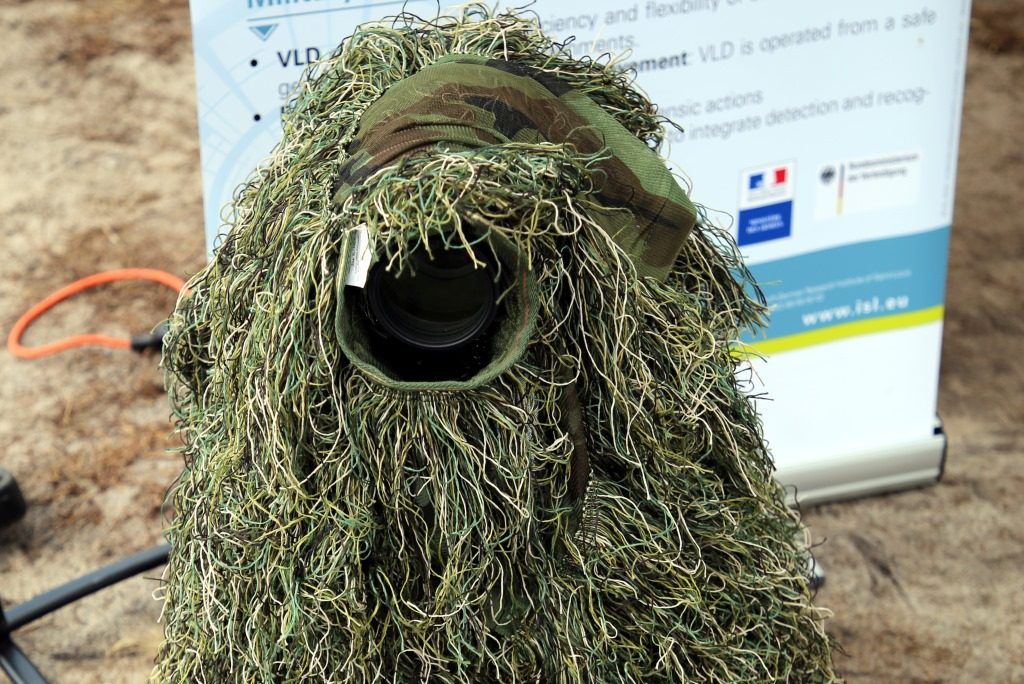
Institut Saint-Louis: short-loop force-inducted innovations
Within our report on the Special Operations Forces Innovation Network Seminar (SOFINS) organised by the Cercle de l’Arbalète at Camp de Souges, north of Bordeaux, we already filed two articles related to products exhibited by the French-German Research Institut Saint-Louis (ISL), more precisely the Stamina/Auroch UGV, as well as a series of high tech/low TRL innovations. Some other systems seen in real or in a video were at the opposite end of the spectrum, as they were the result or precise requests from the SF community, which asked ISL to solve some practical issues in order to increase safety and effectiveness.
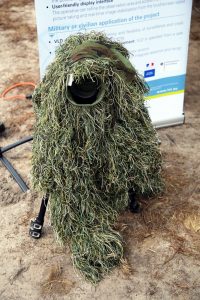
On its outdoor stand ISL was exhibiting, beside the aforementioned UGV, the LDV (Long Distance Vision). The 13ème Régiment de Dragons Parachutistes, the French Army special reconnaissance unit, asked ISL to develop a remote control system for its tripod-mounted digital camera fitted with a super-telephoto lens, allowing personnel to avoid exposing himself when operating it. Remaining out of view not only allows avoiding being hit should the enemy spot you, but it also reduces the chances to be spotted, as it minimises movements as only the camera is now visible, albeit well camouflaged. ISL developed the actuators needed to operate the camera and the zoom lens, to select the mode, photo or video, the viewed image being relayed on a ruggedised tablet computer, a very simple human machine interface (HMI) with icons being shown on the outer frame of the display.
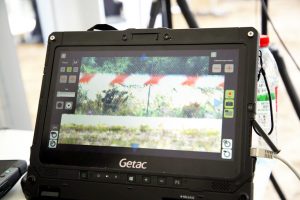
The tripod head is also controlled from the tablet, allowing modifying the aiming in azimuth and elevation. The Institute added some picture improvement features that allow reducing the effects of bad weather on images, the system ensuring also direct recording on the tablet that considerably increases the amount of images and videos that can be saved. The link between the HMI and the camera can be either via cable or VHF link, the former being definitely the optimal solution as it avoids any RF signature. The system seen at SOFINS was the first iteration of the LDV, as the direct link to the 13ème RDP allowed to close the loop very quickly, getting some lessons learned in a very short time; the military asked for weight reduction and a simpler HMI, ISL now working to satisfy its customer’s needs, the LDV being a good example of the Institute capacity to quickly react to operational needs.
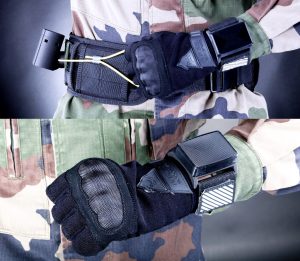
Another SF dedicated system is the SAAP (Système d’Alerte Avant Posé), a ground proximity alert system that provides paratroopers with reliable information about the distance from the ground, a critical data especially when jumping at night. The infrared sensor is worn on a belt, and is wirelessly linked to a wrist device that acts as HMI, vibrations providing distance to ground information to the paratrooper, allowing him to get prepared for the landing at the right moment, hence reducing potential injuries, which often cause major problems during behind-enemy-lines operations, sometimes bringing to mission abortion. Light, compact and waterproof, the SAAP can obviously be used also during the learning phase.
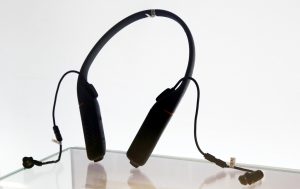
Widening the scope to the so-called “green Army”, in the last 30 years ILS has been very active in the ear protection domain, and is currently working on the so-called BANG (Bouchon Auriculaire de Nouvelle Génération, next generation ear plug) programme, launched by the French Direction Générale pour l’Armement, in which the Institute cooperates with Cotral Lab, a specialist in custom moulded ear plugs. The programme is also supported by the French Agence de l’Innovation de Défense [AID], the Defence Innovation Agency, as part of a dual-use RAPID programme known as BIONEAR. The BANG leverages the development of Non Linear Filters, patented in 1997 by ISL; it is made of a 3D printed plug that contains a loudspeaker and an microphone, an external microphone being also fitted to provide ambient noise to the operator. The plug moulding process is fully digitised, an ear-loop ensuring comfort and stability, the earplugs being connected to a collar that contains one electronic card used for algorithms processing and one battery per side. The Non Linear Filter is activated when a peak of sound hits the plug, protecting the ear, while the sound emitted by the soldier is captured inside the ear canal, an algorithm reconstituting the words and transmitting them to the communication system. The BANG allows communications even in ambient noise up to 95 dB. This new protective system will be launched in summer 2022, quite probably at Eurosatory.
Photos courtesy ISL and P. Valpolini

